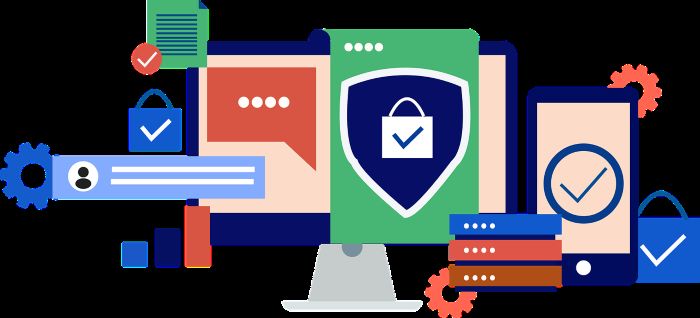Technology
How Brands Can Protect Consumer Data from Cybersecurity Threats

Consumer data is akin to buried treasure for cyber pirates equipped with sophisticated hacking tools. Brands that can shield this precious cargo win trust and build a fortress in the competitive marketplace.
As a result recognizing and tackling cybersecurity threats has become crucial for businesses aiming to protect their reputation and consumer relationships. Stay tuned as we delve deeper into effective tactics brands can employ to ward off these digital threats.
Strong Encryption
Imagine each piece of consumer data as a secret message that needs to be delivered safely and securely. Strong encryption turns those messages into puzzles the intended receiver can solve, blocking any man-in-the-middle (MitM) attack attempts. Brands often use advanced encryption standards, ensuring that even if data gets intercepted during transmission or storage, it remains indecipherable to unauthorized eyes.
Deploying end-to-end encryption protects data at every stage – from being sent and received to stored – adding a robust layer against cyber crooks looking to swipe sensitive information. This technique is vital in maintaining confidentiality and integrity in our hyper-connected world.
Layered Network Security: Creating a Safety Net
Establishing layered network security acts like a multi-tier safety net, with strong encryption as the foundation. This approach involves multiple defensive strategies that monitor and control a brand’s data infrastructure access points.
These layers work together seamlessly, from deploying antiviruses and firewalls that block malicious software to using intrusion detection systems that alert administrators about suspicious activities.
Ensuring each layer communicates and cooperates effectively enhances networks’ overall resilience. Even if one line of defense falls short, others stand ready to thwart potential breaches, creating a formidable barrier against cyber threats.
Regular System Audits: Ensuring Continuous Protection
As layered network security adds robust barriers against intrusion, regular system audits play a key role in ensuring these defenses remain effective over time. Continuous audits involve conducting thorough assessments to uncover any vulnerabilities that might have developed.
Businesses can stay one step ahead of cybercriminals by systematically reviewing system logs and evaluating infrastructure for security lapses or outdated protocols. These audits allow companies to fine-tune their cybersecurity strategies, adapt to new threats, and ensure compliance with current data protection regulations.
Empowering Teams for Defense
Another critical strategy for continuous consumer data protection is continuous training for all team members. This ongoing educational process equips employees with the knowledge and tools to recognize potential cybersecurity threats and respond effectively.
Businesses foster a proactive security culture by conducting workshops, simulations, and training sessions focusing on new hacking techniques and defensive best practices.
As such, you want to keep updating your training content and ensure all personnel are informed about the latest security trends and compliance requirements. While up-to-date training can be expensive, the costs involved will be worthwhile in the long run.
Secure Access Management
Secure access management is also essential in maintaining a robust defensive perimeter around consumer data. This approach controls who can access sensitive information and when it happens by implementing strict authentication methods.
One such approach is multifactor authentication (MFA), in which users must provide two or more verification factors to gain access. This dramatically reduces the likelihood of unauthorized entry.
For added security, some systems employ role-based access control (RBAC), which grants permissions according to an employee’s specific roles within an organization. This way, sensitive data is only accessible to those who genuinely need it for their work tasks, minimizing potential internal threats.
Data Encryption Beyond Transmission
Most businesses consider data encryption in relation to its transformation. However, the same concept can apply to data while it is stored. This practice is termed ‘data at rest’ encryption.
It ensures that sensitive information remains protected even when not actively moving across networks. Encrypting data at rest thwarts unauthorized users from making sense of it should they bypass other security measures and gain physical or digital access to storage systems.
This layered approach to security ensures that your data remains safe and unusable even when other security measures are breached and an authorized person gets access to it.
Wrapping Up
As the digital landscape evolves, so must the strategies businesses deploy to protect consumer data. Staying ahead of cyber threats means continually improving cybersecurity measures and embracing new technologies.
This ongoing commitment safeguards sensitive information and reinforces consumer trust – a crucial asset in today’s competitive market.

























































